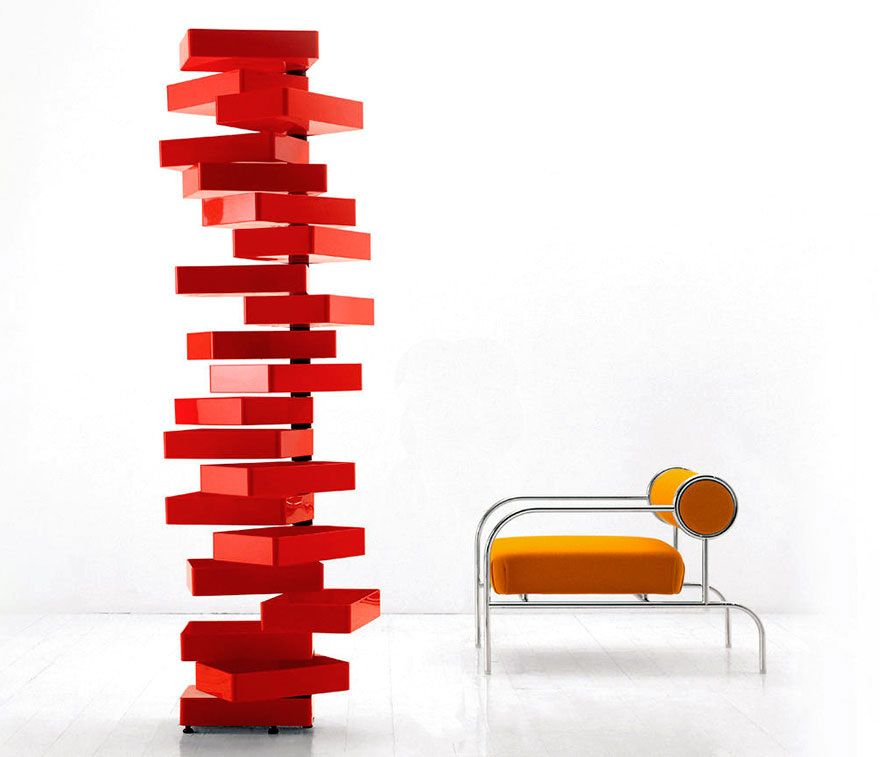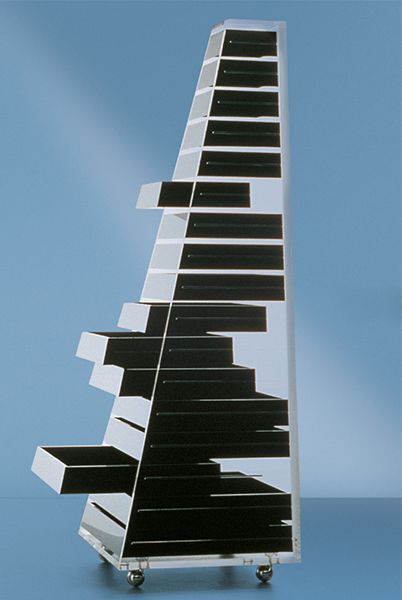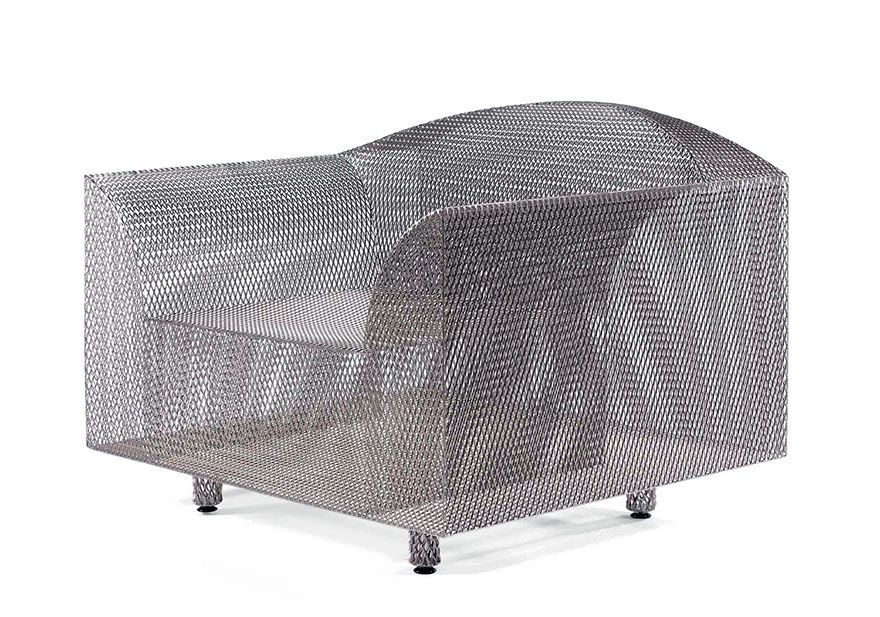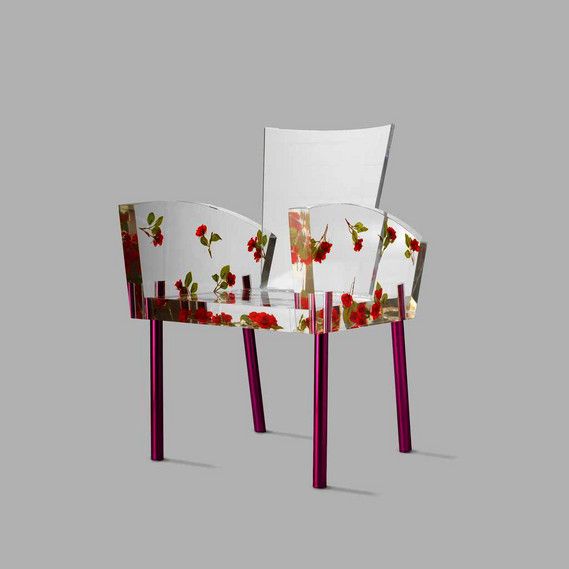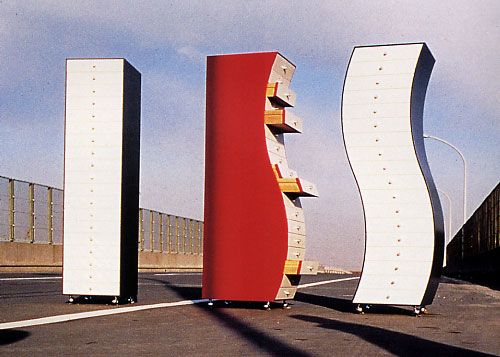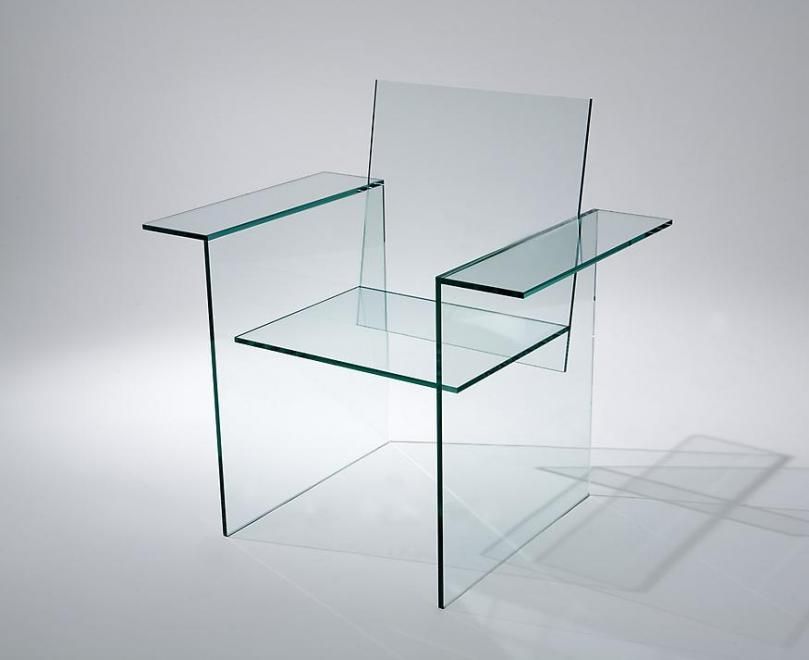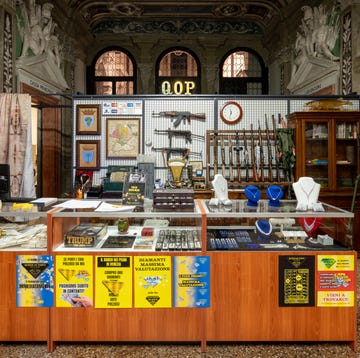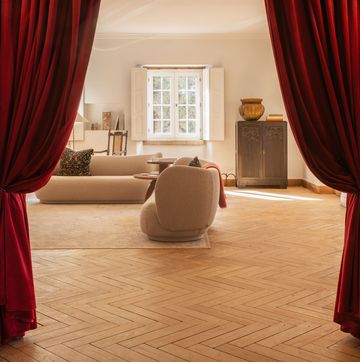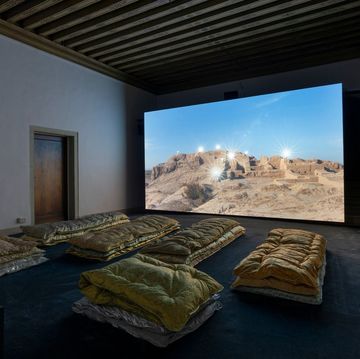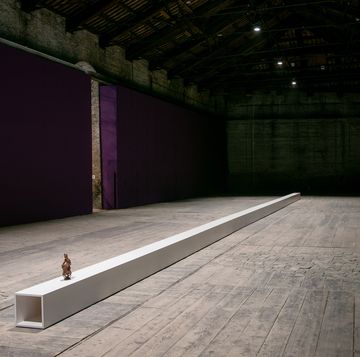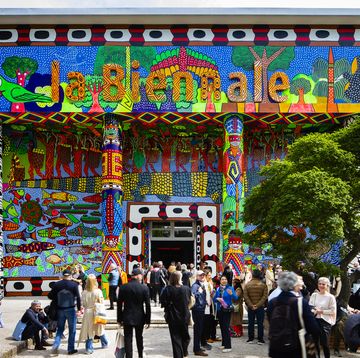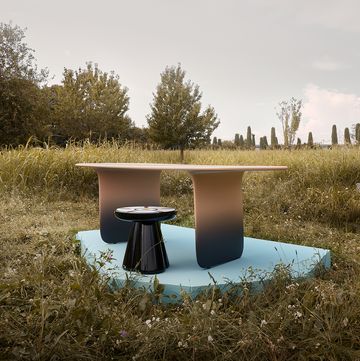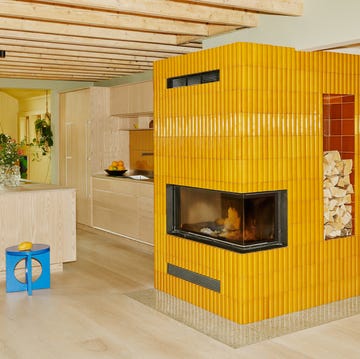As one of the most important Japanese designers of the 20th century, Shiro Kuramata (Tokyo, 1934-1991) flaunts a broad body of work delicately melding his culture’s traditional aesthetic with Postmodernism and design principles of the western world. His is an expressive design derived from the industrial application of materials held in stark contrast with poetic names like How High the Moon or Miss Blanche.
When it comes to the Japanese maestro’s material palette, what matters most is the piece’s intrinsic qualities, like reflectivity, transparency, translucency, opacity, and tactility. It’s in this context that we find form as a mere vehicle to best express the material’s natural inclinations. The work of Kuramata includes no separation between construction, form, interiority, and materials, appearing harmonically conceived to unite both art and craftsmanship.
Shiro Kuramata, biography
Born in Tokyo in 1934, Kuramata grew up during the Second World War and the American occupation of Japan. In 1953, he graduated from the Polytechnic of Tokyo, where he studied architecture, later finding work with Teikokukizai, a local furniture company. Not long thereafter, the young creative enrolled at the Kuwasawa Design School of Tokyo.
Kuramata’s approach to the composition of furnishings and interiors revolutionized Japan’s postwar design scene, where he re-evaluated the relationship between form and function, imposing his own vision of minimalism and surrealistic ideals onto everyday objects. “Function of design should not be just about whether it is practical or not. Enchantment should also be considered as function,” he said.
From 1957 to 1963, Shiro Kuramata worked for Maysuya, a major department store in Tokyo, before founding his own studio, Kuramata Design Office, in 1965. From the moment he opened his design studio to his death in 1991, the creative was an inexhaustible source of inspiration for progressive furnishings and interiors. Among Kuramata’s most lasting collaborations were those with brands like Issey Miyake, where he designed most of the label’s boutique interiors around the world from the late 70’s to 1990.
Exploring industrial materials and the vast possibilities to come from new technologies in the 70’s and 80’s, Kuramata turned his attention to acrylic, glass, aluminum, and steel mesh to create objects free from the pulls of gravity, embracing a refined transparency and lightness. During this period, he would design audacious, irregular, and at times surreal furnishings, utilizing materials in poetic or humanistic contexts that challenge their very significance, like the Furniture in Irregular Forms chest (1970) and the How High the Moon (1986) armchair in steel mesh.
Inspired by the playful spirit of Ettore Sottsass and a passion for vibrant colors, Kuramata joined the Memphis Group early on in 1981. “For him, an object, a piece of furniture, an installation is never finished inside the borders of its own physicality. For him, around an object, or around a piece of furniture or around an installation there is never a silence, never abstract dust; always the air around is vibrating, as if it were shaken by a central provocation. That's why very often Shiro was trying to represent not only the object, or the furniture, or the installation but also the many mysterious vibrations that were produced around,” Ettore Sottsass said of the designer.
After his encounter with Italian design, Kuramata realized the Progetti Compiuti collection of chests in 1987 with Cappellini, which included the Steel Pipe Drink Trolley, the Sofa With Arms, the Ko.Ko table, and the Revolving Cabinet.
Among Shiro Kuramata’s many iconic works, Miss Blanche is surely his most famous: a chair composed of four legs in anodized aluminum, supporting a seat and backrest in transparent acrylic resin, in which numerous paper roses are suspended.
Shiro Kuramata’s famous Furniture in Irregular Forms (Side 2) chest within the Progetti Compiuti collection for Cappellini comes as a playful series taking on diverse forms between straight and curved lines.
The Glass Chair — another icon of Kuramata’s — flaunts simple lines and the use of a single material to make a chair that’s both timeless and ethereal.
The furnishings and interiors of Kuramata have influenced generations of creatives in Japan and around the world, where his pieces have been welcomed to the permanent collections of international institutions like the Centre Pompidou of Paris, MoMA New York, the Vitra Design Museum in Basel, the Victoria and Albert Museum of London, and the National Museum of Modern Art in Tokyo.
